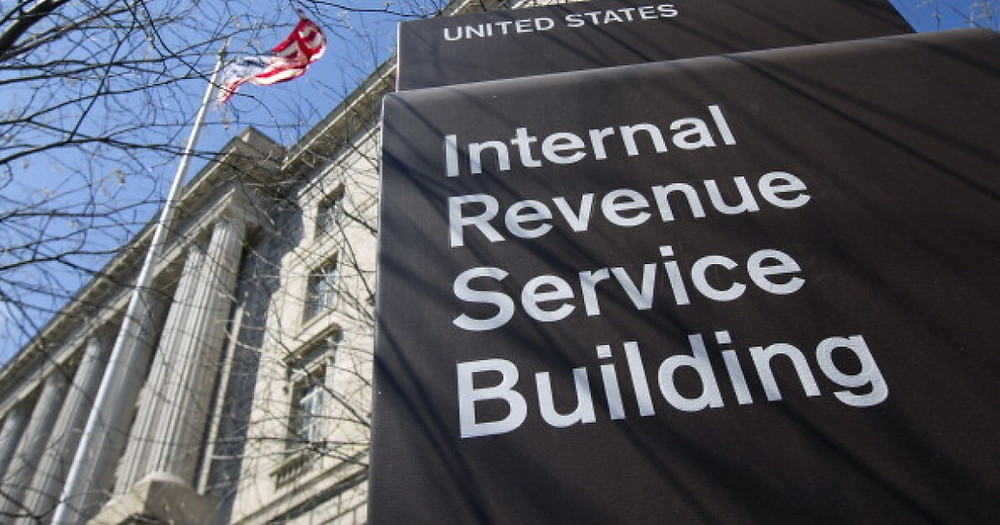You get a mulligan with the ERC:
Claim Your 2020 and 2021 ERC Now (Yes, in 2022)
If you did not qualify under the 50 percent or 20 percent decline in gross receipts, your only alternative is the government order.
Suppose you did not qualify for the ERC because your revenue increased in 2020 and 2021. You may qualify under the government shutdown order.
During 2020 and 2021, you may have qualified for the Employee Retention Credit (ERC). Lawmakers created this tax credit in response to the COVID-19 pandemic.
With the ERC, you found (or could find) tax credits of up to $26,000 per employee. That’s a lot; with ten employees, that’s $260,000.
Key point. If you have not claimed the ERC, you can amend your 2020 and 2021 payroll tax returns for the credit. (Amending the payroll is not difficult—so no sweat on that score.)
Three Ways to Qualify:
- A decline in gross receipts (quarterly, by more than 50 percent in 2020 compared with 2019, and by more than 20 percent in 2021 compared with 2019)
- A COVID-19 government order that caused a full or partial shutdown (think physical space)
- A COVID-19 government order that caused more than a nominal effect (think modification of activity)
Two Types of ERC Qualifications: Receipts and Government Orders
First, if you can qualify for the ERC under the gross receipts test, go that route. It’s easy to prove. And you get the ERC for the whole quarter.
With the Shutdown or modification because of a government order, you get the ERC only for the days that you suffered a full or partial suspension or suffered more than a negligible effect on your business. For example, if you suffered for 27 days, you can qualify for the credit for those 27 days.
Does a Government Order qualify you for the ERC?
Suppose you can establish that your business was fully or partially suspended because of a COVID-19 federal, state, or local government order. In that case, you are eligible daily for the ERC during total or partial suspension periods. Given the possibility of tax credits equal to $5,000 per employee in 2020 and $21,000 per employee in 2021, this is worth pursuing.
Let’s Talk! ->Schedule Your Free Assessment Here<-
Once you’ve scheduled, please reply with “confirmed.”

